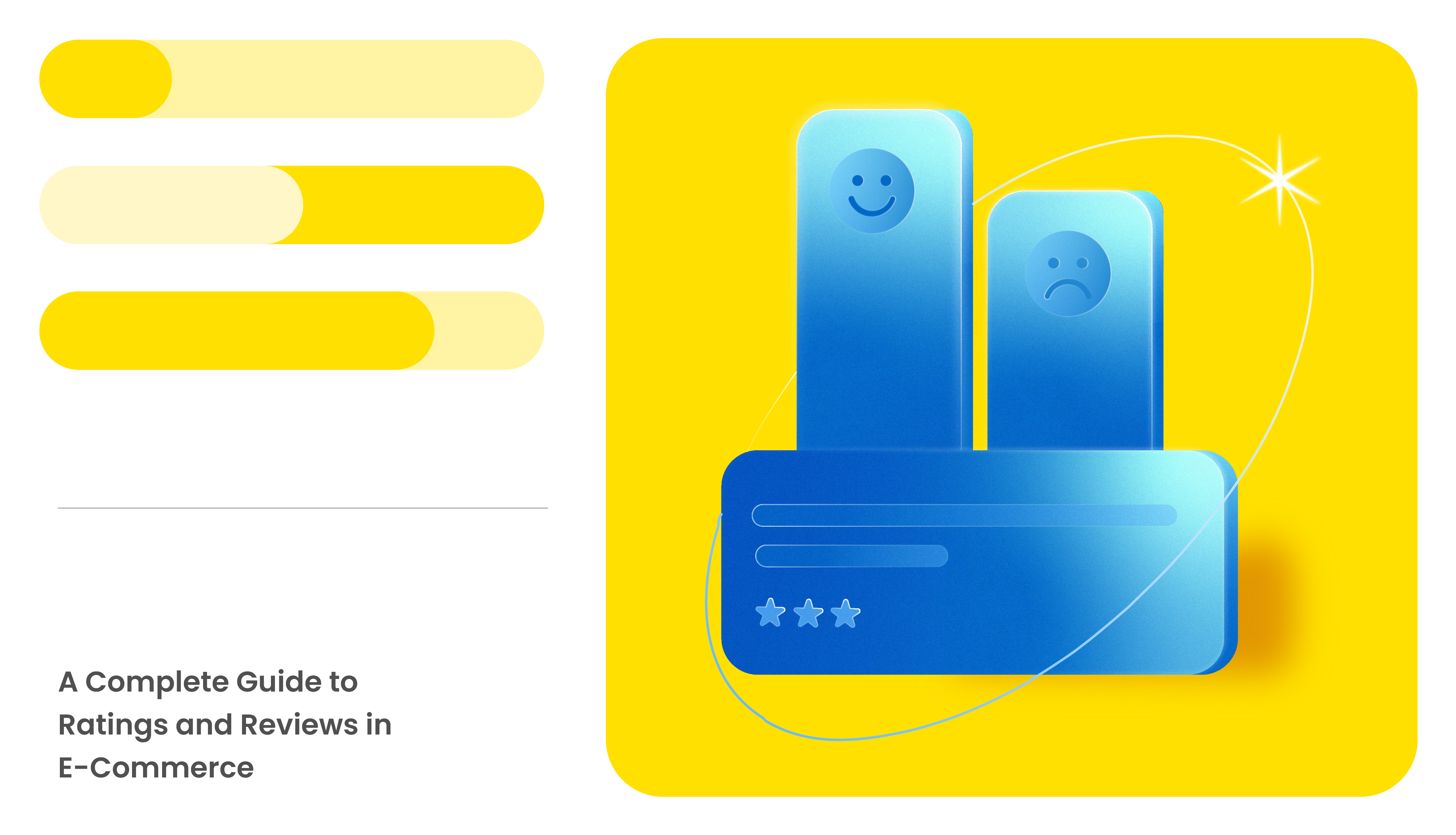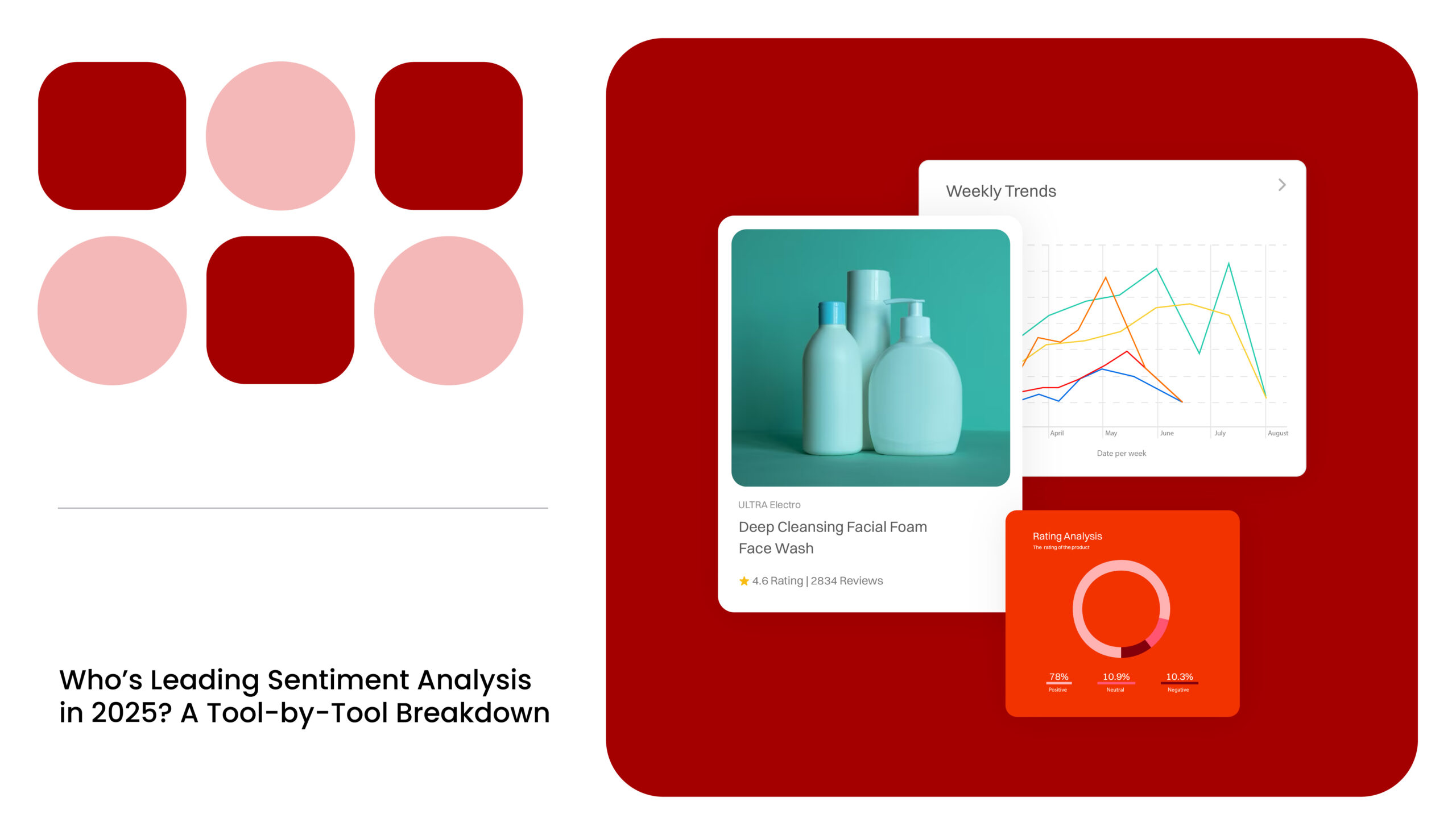Reviews are the most important driving factor in a customer’s buying decision and can determine whether they would choose you or your competitor. Some of the statistics given below prove the same:
- 95% of customers read online reviews before buying a product.
- If consumers found out a platform was censoring reviews, 62% of consumers would stop using it.
- 92% of consumers are less likely to buy something when there are a lot of negative reviews.
Given the importance of ratings and reviews in e-commerce, review monitoring software is no longer a luxury but a necessity for brands.
Importance of Ratings and Reviews for E-Commerce Brands
Reviews are feedback given by customers after they purchase a product in the form of text, images, and videos.
Some of the significant benefits of customer ratings and reviews include:
- It helps drive sales as reviews create social proof for customers. This helps build confidence in consumers regarding the product and motivate them to purchase it.
- Ratings and reviews help build trust with prospective customers who are unaware of the brand or product and determine whether your products are worth it based on facts and opinions from other people.
- It enables brands to understand customer perception of the product. While positive reviews can help boost sales and build trust, negative reviews allow brands to identify issues with the product and improve them in the future.
- Customer reviews can improve a brand’s e-commerce SEO efforts because they contain keywords, including product and brand names. This helps boost the brand’s online presence on e-commerce platforms.
This also highlights the importance of review monitoring for brands as it helps them leverage customer ratings to boost their e-commerce presence.
Challenges in Analyzing Ratings and Reviews in E-Commerce
Analyzing ratings and reviews in e-commerce presents several challenges that businesses must navigate to conduct proper customer feedback analysis effectively. Here’s a closer look at three significant challenges:
Large Volume of Data
Brands often have to manage hundreds or thousands of ratings and reviews across e-commerce platforms. It can be overwhelming for businesses to extract, aggregate, organize, and interpret the right information effectively. In addition, analyzing these reviews manually can be time-consuming and subject to human errors.
Authenticity Issues
At times, reviews can be fake, biased, or manipulated by competitors, bots, or incentives, while others might be outdated, incomplete, or inconsistent. Fake reviews can mislead customers and affect trust, ultimately distorting the product perception and damaging a brand’s reputation.
Sentiment Analysis Complexity
Sentiment analysis aims to determine the emotional tone behind a body of text. This can be complex due to the nuances of human language. For instance, automated systems can find it challenging to identify sarcasm and irony in text, leading to misinterpretation. Additionally, customers have different meters for satisfaction, making it challenging to apply a one-size-fits-all approach.
Ratings and Reviews Analysis: 3 Crucial Steps
Review analysis involves gathering, analyzing, and syndicating customer feedback to discover insights about a brand’s products and make smart business decisions.
Review analysis involves three steps: gathering reviews, analyzing data, and syndicating it.
Review Collection
The first step in review analysis is to collect customer reviews scattered across multiple e-commerce platforms. Using review monitoring software, brands can monitor and collect reviews from all these platforms and categorize them based on their sentiment and topics.
Review Analysis
Once the reviews are collected, the next step is to analyze them. In this stage, the review analysis platform processes and categorizes reviews, highlighting specific product features and gauges customer sentiment regarding the product. In addition, it tracks changes in customer perception and identifies areas for improvement.
Review Syndication

The final step is review syndication. It is the process of republishing reviews and user-generated content from a brand on other retailer websites where customers can purchase the product. By publishing authentic reviews across a variety of third-party websites and retailers, brands effectively reach a wider audience and boost brand image.

Ways Brands Can Use Ratings and Reviews for E-Commerce Success
Ratings and reviews can be powerful tools for e-commerce success when used strategically. Here are several ways brands can leverage them:
For Marketing Initiatives
Implementing positive reviews into your marketing initiatives — such as email campaigns, social media content, and product pages— not only optimizes the customer buying process but also boosts sales. For example, brands can use email marketing with positive reviews to bring back customers who have abandoned their carts.
In addition, leveraging user-generated content and customer testimonials for social media campaigns also helps build trust and attract new customers.
READ MORE | Want to Use Reviews in Your Marketing Initiatives? Check out How to Use Reviews in Marketing Strategy?
For Product Development
Reviews often reveal common issues faced by users, such as design flaws, functionality problems, or missing features. By analyzing the reviews, brands can identify areas for product improvement and align products with customer needs. In addition, review monitoring also ensures higher product quality and helps address any issues promptly.
For SEO
Brands can use reviews and ratings for product page optimization and improve search engine rankings. They can incorporate long-tail keywords from customer reviews into product descriptions and metadata for better SEO performance. In addition, a higher number of reviews leads to more content for search engines and can also make listings more informative.
READ MORE | Confused About Using Reviews to Boost Search Ranking? Dive into Climb Search Rankings: How can Product Reviews Help Boost SEO?
How to Get More Reviews for Your Products?
To effectively increase customer reviews and enhance product rankings in e-commerce, consider implementing the following strategies:
- Send personalized emails with direct review links.
- Leverage built-in review request features on e-commerce sites like Amazon’s “Request a Review” feature.
- Provide discounts or loyalty points for honest feedback (while following platform guidelines).
- Respond to both positive and negative feedback to build trust.
- Highlight testimonials on product pages and social media to encourage more contributions.
By adopting these strategies, brands can effectively gather more customer reviews, enhance product visibility, and build trust with their audience.
READ MORE | Struggling to Get More Reviews? Check out How to Get More Reviews: 7 Tips to Improve Product Ranking
Best Practices to Improve Ratings and Review Strategy
To optimize the impact of ratings and reviews, brands should implement best practices that enhance their review strategy.
- Display all reviews, both positive and negative, to maintain transparency in the review process and build trust with consumers.
- Engage with customers by responding to reviews in a timely manner, addressing concerns, and expressing gratitude for feedback.
- Encourage customers to provide balanced reviews that highlight both pros and cons, offering a comprehensive view of the product.
- Offer incentives for ethical reviews, ensuring compliance with regulations and avoiding bias.
- Regularly monitor and moderate reviews to identify and address any fake or inappropriate content.
- Utilize the best ratings and reviews software to automate the review collection and analysis process, improving efficiency and accuracy.
Conclusion
Ratings and reviews are indispensable tools in the e-commerce landscape. They offer valuable insights into customer perceptions and drive business success. By understanding the importance of reviews, overcoming challenges, and implementing effective strategies, brands can harness the power of ratings and reviews to enhance their products, marketing efforts, and overall customer experience.
Using an e-commerce product review analysis platform helps brands optimize their review strategy to thrive in this competitive digital marketplace. Contact us today for more information!
Convert Customer Feedback into Actionable Insights with MetricsCart.







